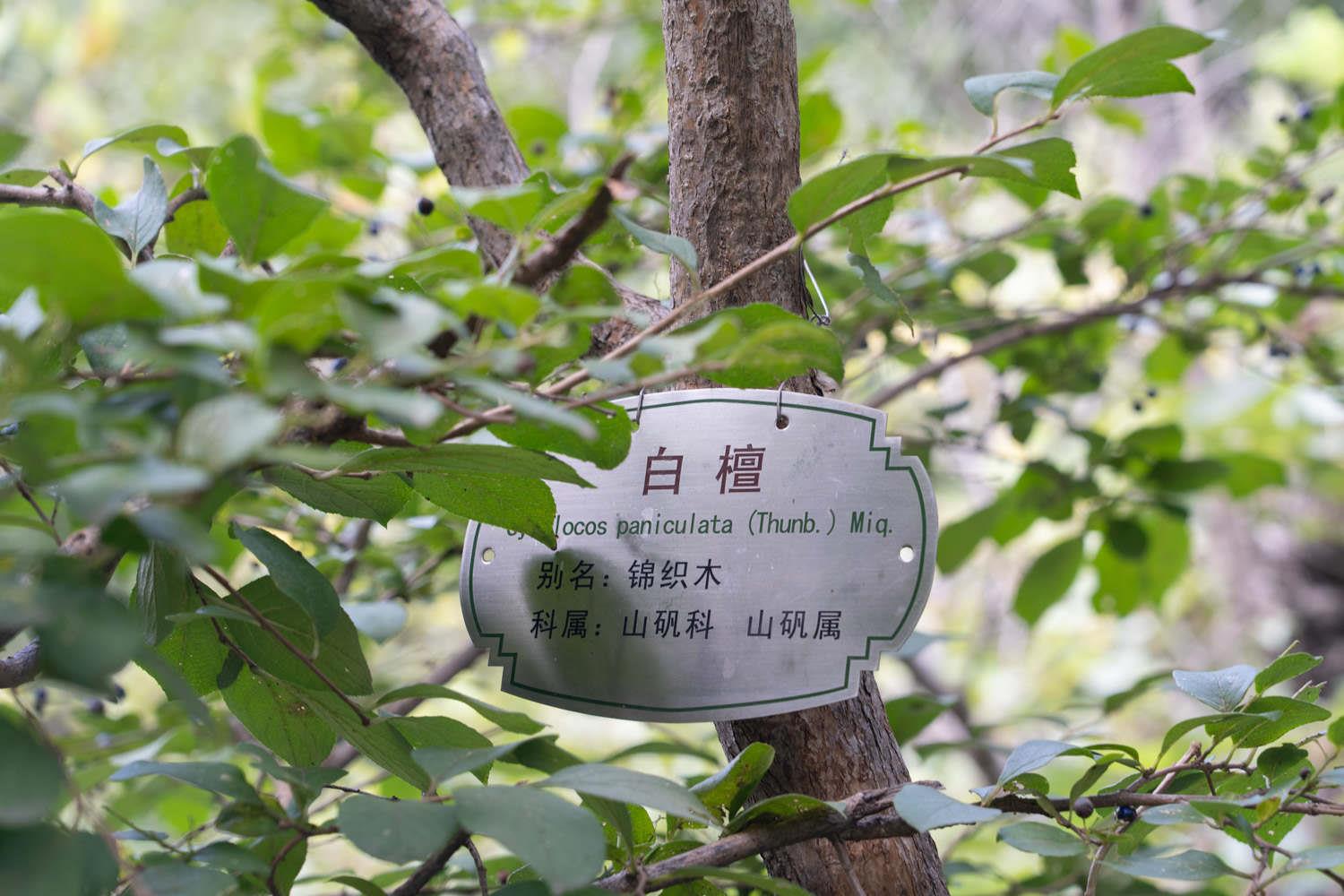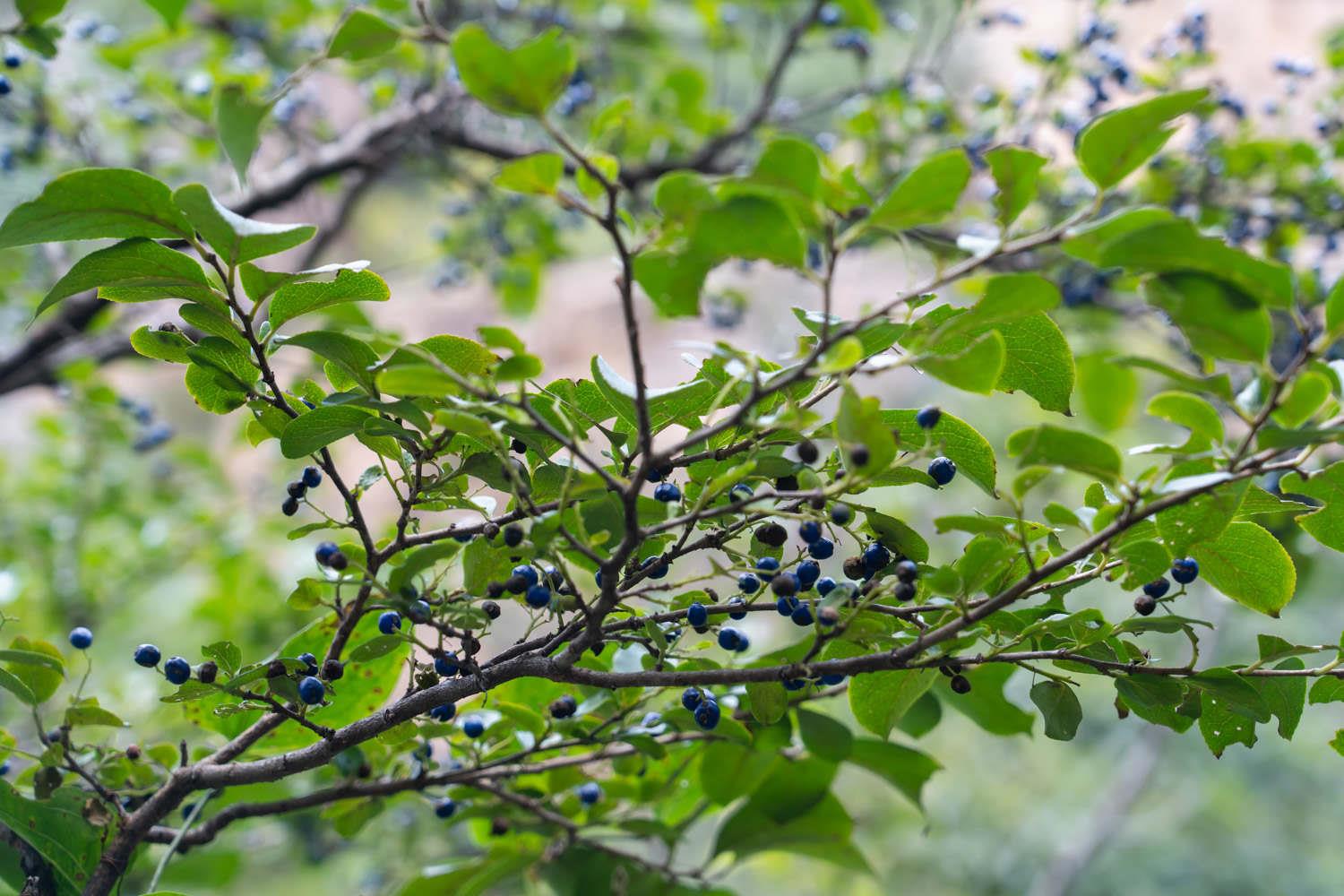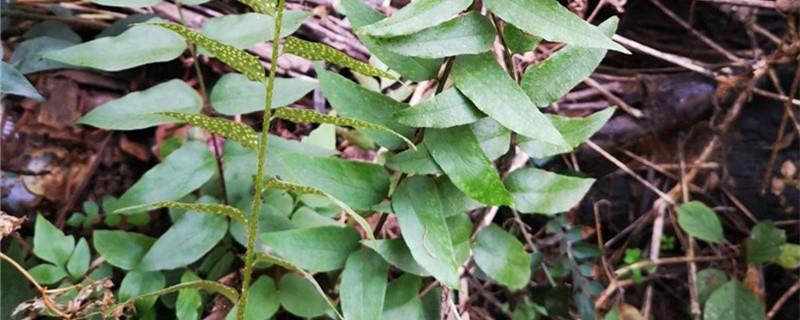White sandalwood cactus cultivation methods and precautions
Last Update :2024.05.04
Article Catalog
3. Problem diagnosis and treatment
Soil: White sandalwood cactus likes soil with good drainage. It is better to use a mixture of sandy loam soil and leaf humus soil. Watering: You don’t need to water too frequently. It has a good ability to store water. Wait for the soil to dry and then water again every two days. Light: It likes a sunny growing environment, and it needs to be provided with sufficient light during maintenance. Temperature: It has a certain ability to withstand high temperatures, but the most suitable temperature for its growth is around 20°C.

1. Maintenance methods
1. Maintenance methods
1. Soil: When preparing soil for the white sandalwood cactus, it is best to choose a mixture of sandy soil and cake fertilizer. Sandy soil has better drainage and is rich in humus, which is very suitable for its growth.
2. Watering: The cactus itself has a strong drought tolerance, so you don’t need to water it on time. It’s okay to water it after the pot soil is completely dry. It can be stored by itself. Moisture, lack of water is okay, but be sure not to overwater.

3. Light: White Sandalwood cactus likes sunlight very much. Usually, you should give it as much sun as possible, but when the sun is too hot in summer, it is best to provide it with proper shade.
4. Temperature: A temperature of around 20℃ is most suitable for its growth. It doesn’t matter in spring and autumn. In summer, it needs appropriate shade. Try to move indoors for breeding in winter.

2. Breeding skills
1 . Reproduction: The biggest advantage of the white sandalwood cactus is that it will grow peanut-like balls on its body. When it needs to be reproduced, it can be picked and placed on the soil to survive. After careful maintenance, a new white sandalwood cactus can be grown.
2. Change the pot: When changing the pot, pay attention to gently knocking the flower pot. When the soil in the pot is separated, take the plant out. Just be careful not to damage its roots and transfer it to the new pot. In the pot, use soil to fix it and water it once.

3. Problem diagnosis and treatment
1 2. Yellowing: Most of the yellowing of white sandalwood is due to too strong sunlight. When breeding, be careful not to be exposed to the sun. In high-temperature weather, it is easy to get sunburned, yellow or even die.
2. Scale insects: This pest is more harmful to it. It will suck the juice of white sandalwood and can also spread various germs. It is best to kill it at the early stage of discovery. In severe cases, spray 40% dimethoate emulsion 600 times.

IV. Other issues
1 . Toxicity: White sandalwood cactus has no toxicity and has high medicinal value in traditional Chinese medicine. It can be cultivated with confidence.
2. Can it be cultivated indoors: After the sandalwood grows, it will be very tall, so it is not recommended to breed it indoors. Moreover, indoor ventilation is not very good, which is very detrimental to its growth.

2. Breeding skills
3. Problem diagnosis and treatment
4. Other issues
- END -
Which months are good to dig elm trees in the wild? How to plant elm trees dug in the wild?

It is generally better to dig wild elm trees in winter and spring, that is, March ...
Guanzhong breeding methods and precautions

Soil: Guanzhong will grow well in soil with good water conservancy properties, and...